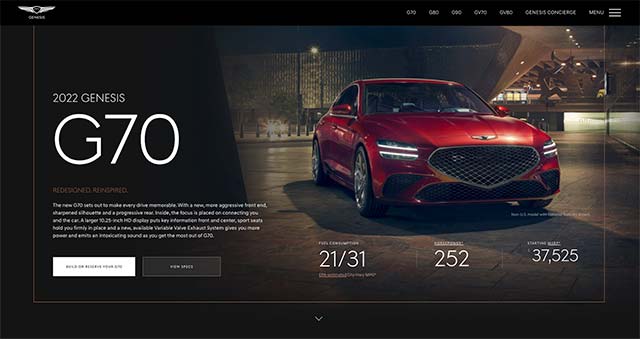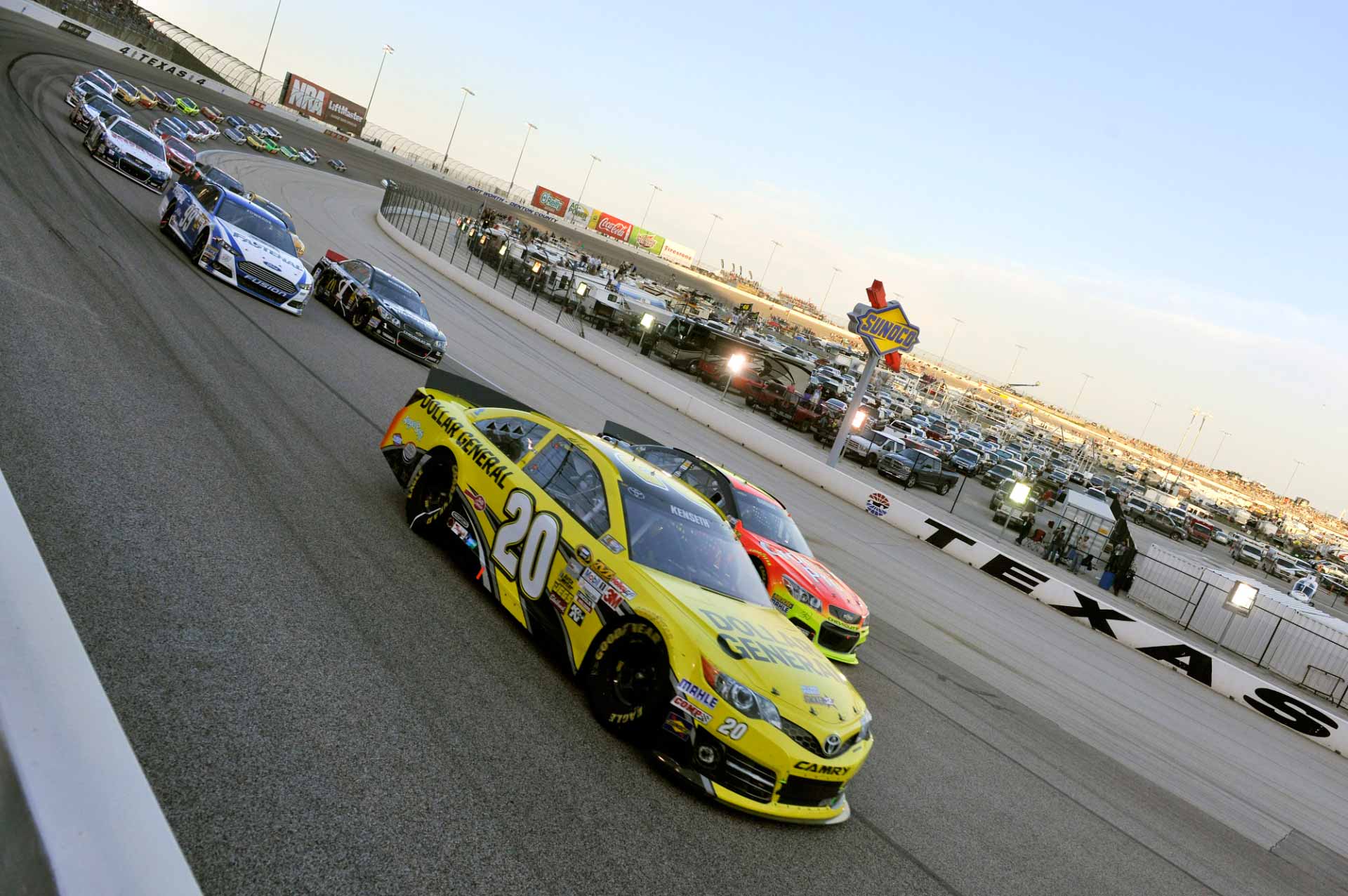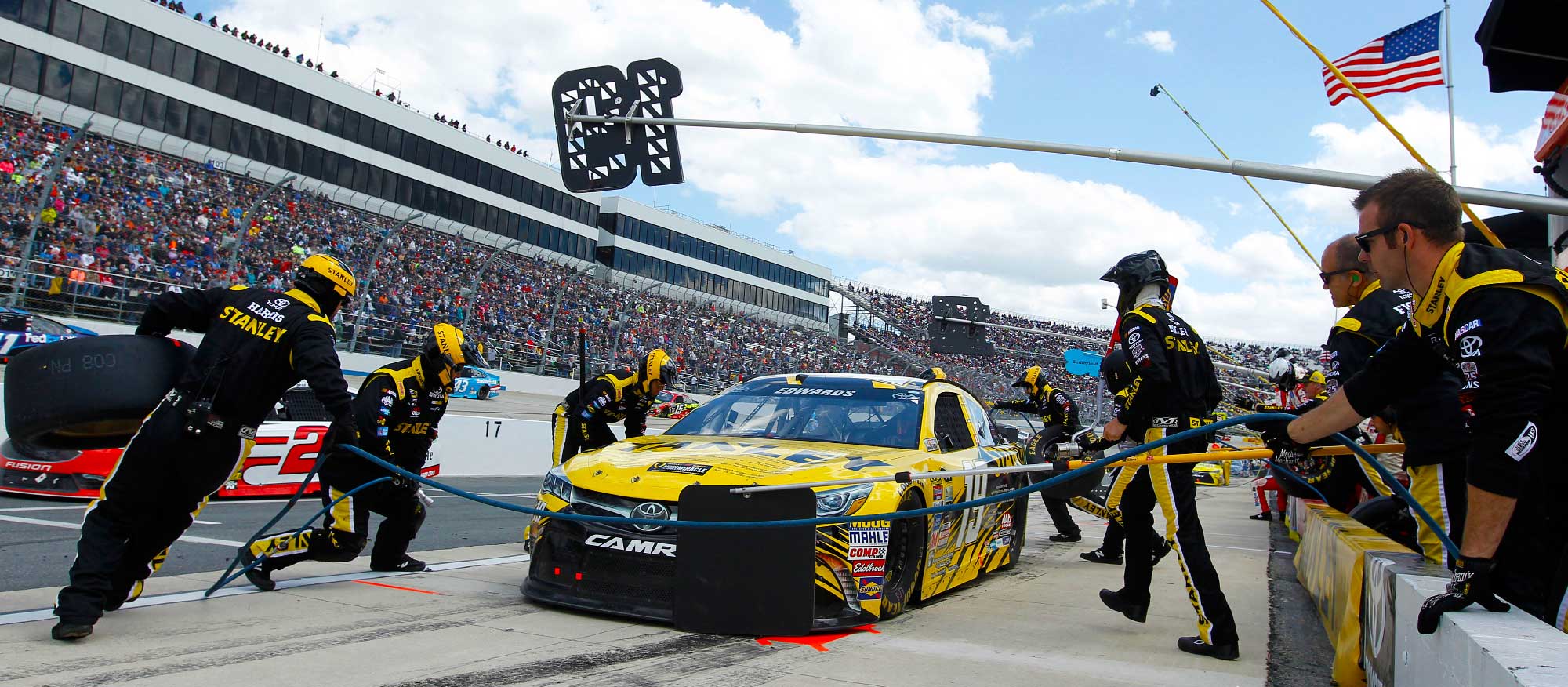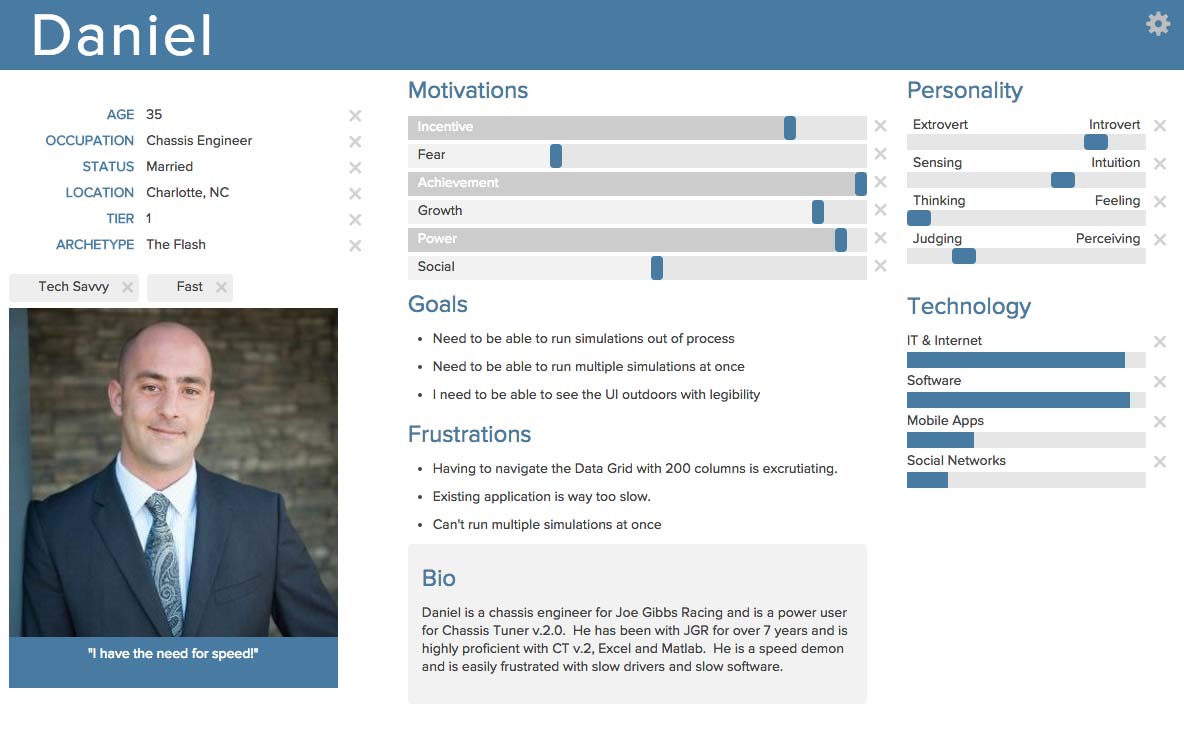UX / Research / Product Design
TRD
Chassis tuner 3.0
MAIN Objective

TRD needed a performant application that streamlined the process of building a chassis and be able to run multiple instances of virtual simulations in parallel for TRD internal engineers and Joe Gibbs Racing chassis engineers.
The DESIGN Process
We had a very short timeline to deliver an enterprise-class racing application and it was crucial to avoid the previous “waterfall” type development process the previous teams implemented. It was obvious that an agile method was required for the time, budget and resources we had available.

Define/Scope
In order to define the scope of work, we needed to conduct meetings with stakeholders and product managers to define roles & responsibilities, goals and timelines for MVP.
Testing
User testing was essential with our users. For each sprint, deliverables were created and tested in an agile sprint (2-weeks) timeframe. This constant integration and constant deployment (CI/CD) was crucial in showing progress to stakeholders.
Research
User interviews conducted along with card sorting exercises and analyzing app data for the previous application.
Launch
Once MVP milestones were met, the application was launched and a help desk was created for bug submission.
Design
Creation of wireframes & storyboards. Created high fidelity Axure prototypes with conditional logic for user testing.
Iterate
UX recommendations were made by the engineers to better improve the application.
UX Research
I needed to understand who our users were and the various tasks and use cases that they performed on a daily basis. The first thing I needed to do was to conduct user interviews as well as stakeholder interviews and to educate myself on the many needs of the various different user types across the board.
User Personas
After a series of user interviews with various users within TRD and Joe Gibbs Racing 3 user personas were created based on their role within the team, their responsibilities (i.e. setting up tires, shocks, etc) and their tasks & goals they needed to accomplish.
I had to educate our users on the importance of these interviews and discussions as it helped myself and the Development Team understand and empathize with them.
Empathy Maps
After interviewing users, empathy maps were created for each persona. Empathy maps was a great tool that was used by the team to better understand the our users. This was very instrumental in understanding the user’s pain points and understanding their end goals for the product.
Stakeholders and the team knew anecdotally the problems with the previous version of the application but to see actual user feedback as validation of what we knew was very informative.
Card Sorting
I implemented a closed cart sorting exercise with 10 users to understand what tasks within the application were most important to them and how impactful they were to their daily workflow.
This helped the team to understand the priorities in which features we needed to focus on and how impactful these tasks can be.
DESIGN
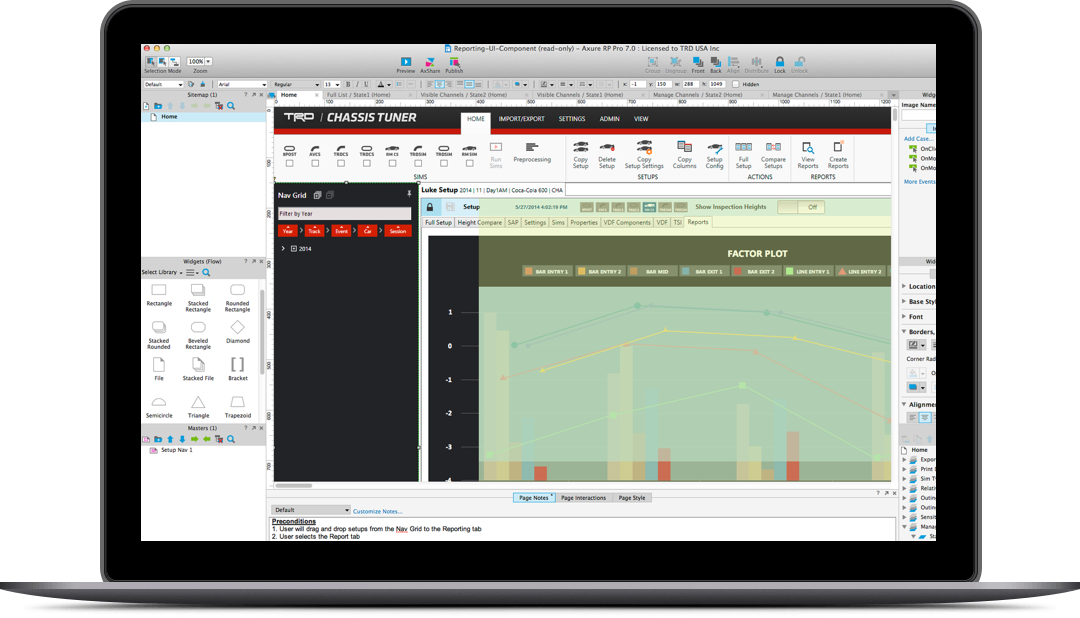
Wireframing
Utilizing Adobe Illustrator, low-fidelity wireframes were created to help with understanding user flows for various tasks within the application.
Low-Fi Prototyping
Low-fi prototypes were created within Powerpoint to help with simple interactions and valid them with users. This made it easy to iterate and validate quickly without having to spend countless hours on prototyping.
High-Fi Prototyping
Once low-fi prototypes and wires are validated by users, the next step was to create high fidelity prototypes using Axure. On some occasions simple HTML/CSS/JS prototypes were created to validate the application logic.
Design System Library
In order to promote best practices for visual design, a design system library was created to create a single source-of-truth and consistency across all design standards.
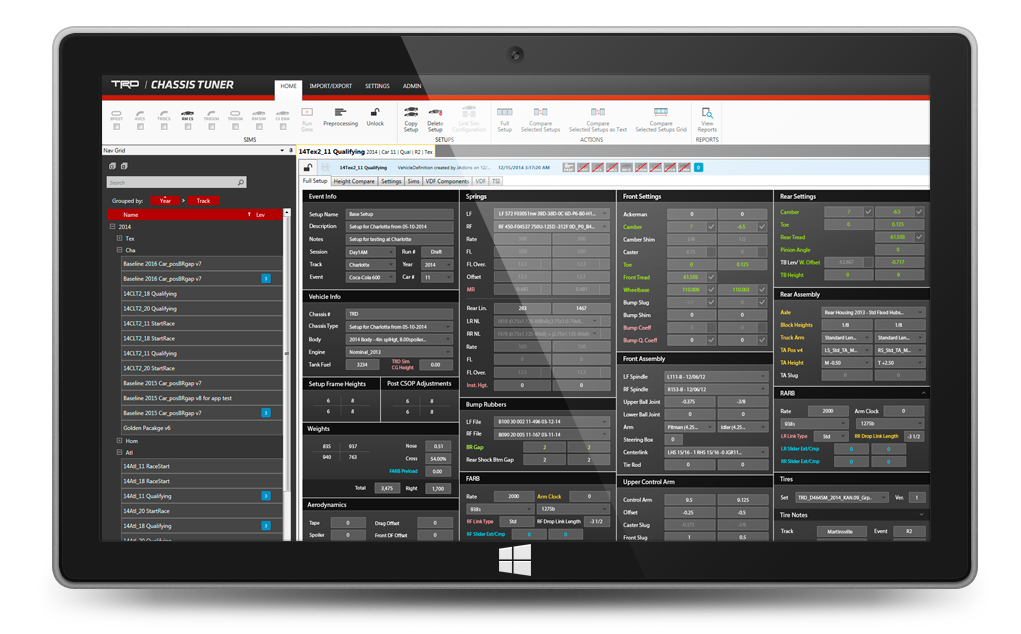
METRICS
After implementing Chassis Tuner 3.0, users were able to perform 350% more simulations than previous versions. A survey was conducted with 10 users on how they felt the application improved their workflow.
Users were highly satisfied with Chassis Tuner and its capabilities. Users were far more productive and were willing to provide feedback to improve the application.
- NPS (Satisfaction SCORE) – 9
- How does our product meet your needs – 9.2
- Did this product help with productivity? – 9.4
Total Wins
Cup Wins
NXS Wins
Truck Wins
conclusion
Chassis Tuner 3.0 was well received by our users. Productivity and usage was up by about 350% compared to its predecessor. Despite the success of the project and helped win Toyota 3 cup wins, there were compromises to the original vision due to lack of time, bandwidth and resources.
Other Case Studies
